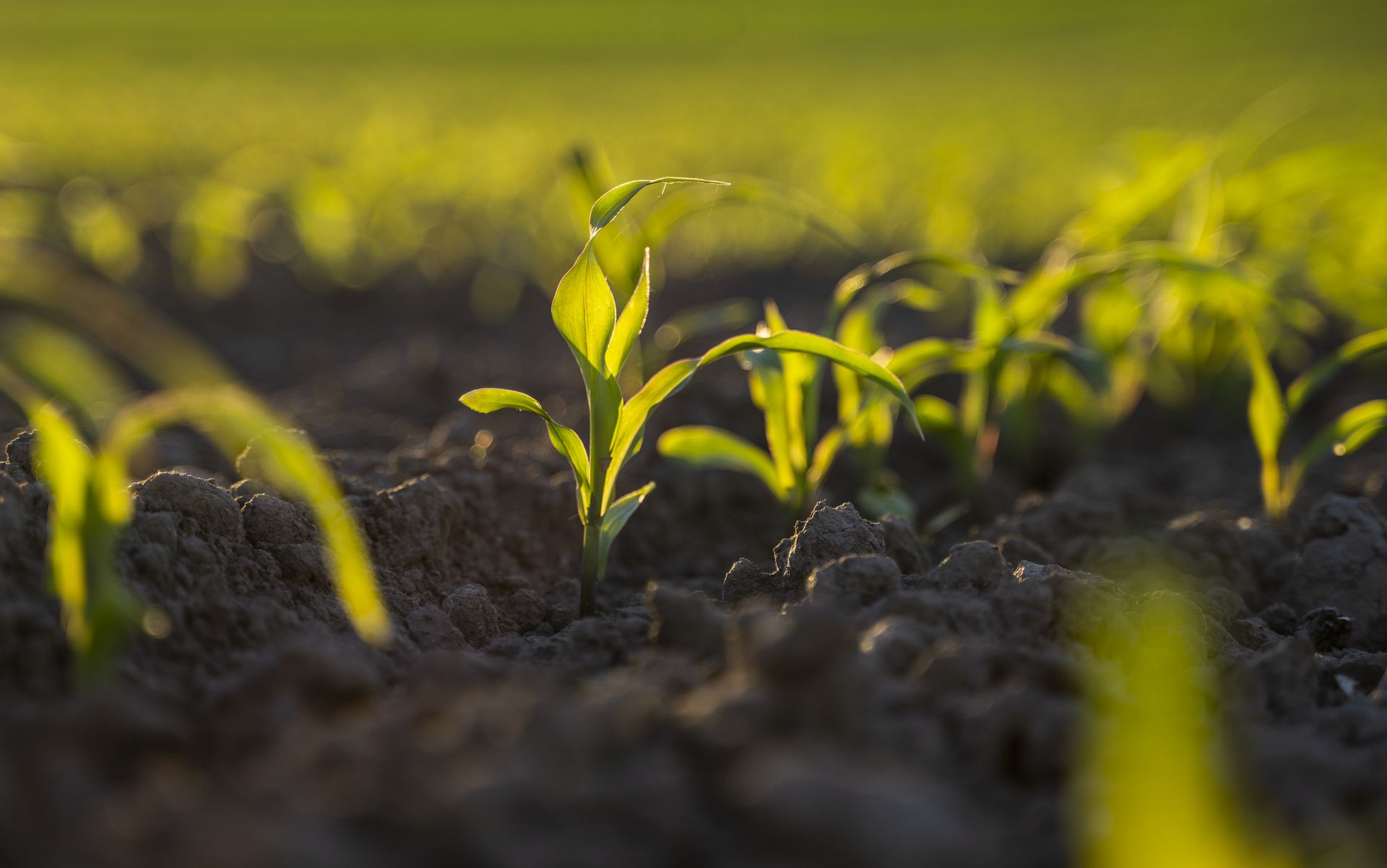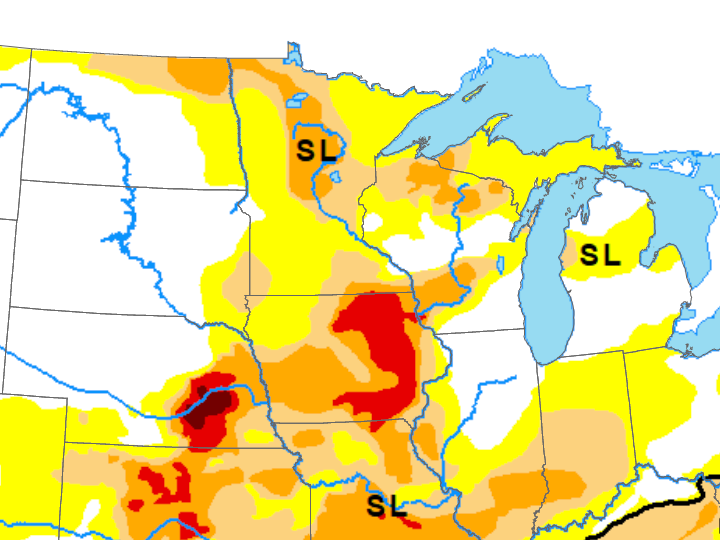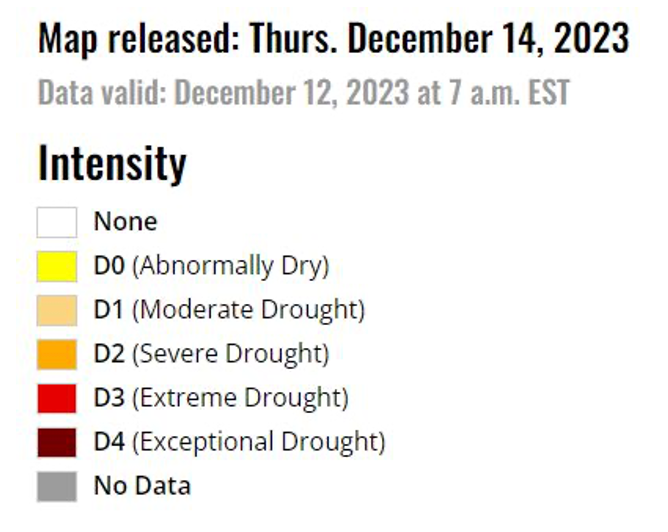AgroInsights
Soil moisture will be a critical factor going into spring 2024.

Chad Smith, Sales Agronomist US North
Winter is off to a slow start in the corn belt compared to years past. We have been experiencing mild temperatures and minimal snowfall events, making it easy to clean up equipment and finish last-minute projects before Mother Nature flips the switch. That said, we have not had an opportunity to recharge our soil with moisture. The North region is still experiencing drought conditions when looking at the most current drought map. Future forecasts suggest that it could be warm and dry for the first half of the winter, leaving February and March to be our only opportunity to recharge our soil this winter.


Soil moisture will be a critical factor going into the spring of the 2024 season for many reasons. One that stands out is nutrient availability and nutrient uptake under dry conditions. We have learned from this past season that nutrient uptake becomes a challenge when the soil turns dry and we end up with nutrient deficiencies on crops we haven't seen before even with sufficient to high nutrient soil tests. The second takeaway from last season is that crops applied with a NACHURS Bio-K product placed in furrow handled the drought stress better with minimal nutrient deficiency symptoms.
Potassium has many important roles within the plant but the roles that are most beneficial to overcome dry weather patterns are stomatal regulation, photosynthesis, and water uptake. We need to make sure there are adequate K levels within the plant to have the proper stomatal regulation for the production of energy during the photosynthesis process, plant cooling, and the transportation of water and nutrients. Even though our soils are rich in potassium minerals it’s not all available to the plant. Only 1% of potassium in the soil is readily available in soil solution.
Knowing our current soil moisture levels and our current weather pattern I would make sure a liquid potassium source is part of the fertility program. Liquid starter fertilizers applied with the planter are a great way to ensure early uptake of K by the plant to handle any drought stress that may occur this next growing season.
For more information contact your local NACHURS sales manager or sales agronomist.












